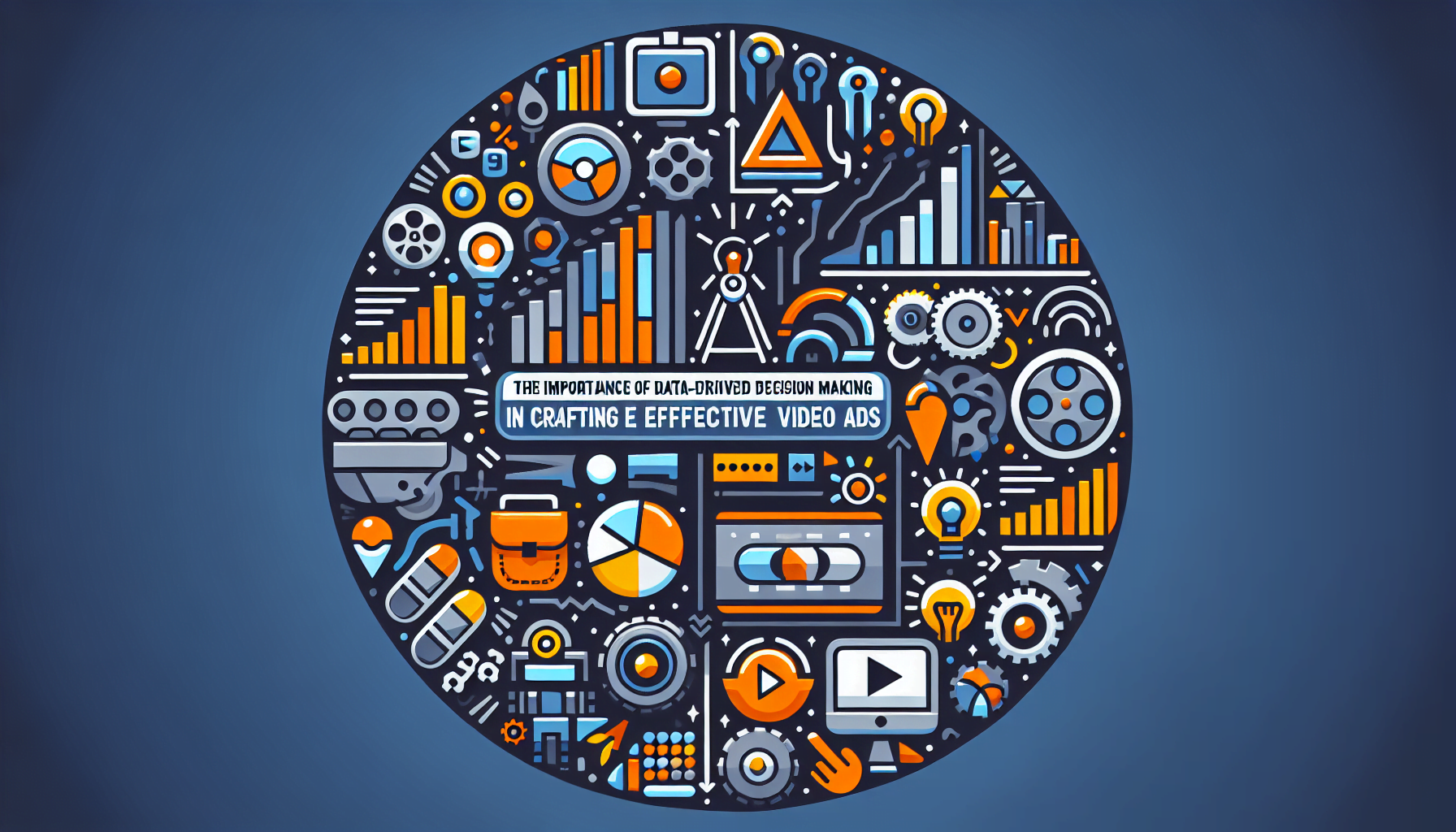What Is the Meaning of D2C?
The meaning of D2C, short for Direct-to-Consumer, is a business model that allows brands to sell their products directly to consumers, bypassing traditional retail channels. In this article, we will explore the concept of D2C, its evolution, key components, importance in today’s market, pros and cons, future trends, and steps to transition to a D2C model.
Understanding the Meaning of D2C
In order to understand the concept of D2C (Direct-to-Consumer), it is important to trace its evolution and explore its key components. D2C meaning initially emerged as a response to the changing dynamics of consumer behavior and advancements in technology. It provides brands with the opportunity to establish a direct relationship with their customers, cutting out intermediaries and revolutionizing the way products are brought to market.
The evolution of D2C can be attributed to the rise of e-commerce platforms and social media. These channels have made it easier than ever for brands to reach their target audience directly and build a loyal customer base. With just a few clicks, consumers can now discover, research, and purchase products from the comfort of their own homes. D2C also offers brands better control over their brand image, customer experience, and data, allowing them to create a more personalized and tailored shopping experience.
The Evolution of D2C
D2C meaning has come a long way since its inception. In the early days, brands primarily relied on brick-and-mortar stores or third-party retailers to distribute their products. However, with the advent of the internet, the playing field shifted, and brands began exploring new ways to connect with consumers without intermediaries.
The rise of e-commerce giants like Amazon and the emergence of social media platforms paved the way for D2C brands to flourish. These platforms provided the necessary infrastructure and reach for brands to showcase their products, reach a wider audience, and drive sales directly. With the power of social media influencers and online advertising, D2C brands have been able to build strong communities and engage with their customers on a more personal level.
Key Components of D2C
There are several key components that make up the foundation of a successful D2C model. First and foremost, it requires a strong online presence, which includes a well-designed website and a compelling brand story. Brands need to invest in creating a seamless online shopping experience that reflects their values and resonates with their target audience.
In addition to a strong online presence, D2C brands need to have a robust supply chain management system in place. This ensures efficient order fulfillment, timely delivery, and excellent customer service. By taking control of their supply chain, D2C brands can reduce costs and improve customer satisfaction. From sourcing raw materials to manufacturing and shipping, every step of the supply chain needs to be optimized for maximum efficiency.
Another important component of D2C is data analytics. By leveraging customer data, brands can gain valuable insights into consumer preferences, behaviors, and buying patterns. This data can inform product development, marketing strategies, and personalized customer experiences. With the help of advanced analytics tools, D2C brands can track and analyze customer interactions, identify trends, and make data-driven decisions to stay ahead of the competition.
Furthermore, customer engagement and retention are crucial for the success of D2C brands. Building strong relationships with customers through personalized communication, loyalty programs, and exceptional customer service can foster brand loyalty and drive repeat purchases. D2C brands have the advantage of direct feedback from customers, allowing them to continuously improve their products and services based on real-time insights.
In conclusion, D2C has revolutionized the way brands connect with consumers. By bypassing traditional distribution channels and establishing a direct relationship, brands can create a more personalized and tailored shopping experience. With the right strategies and components in place, D2C brands can thrive in the ever-evolving digital landscape.
The Meaning of D2C in Today’s Market
With the ever-growing competition in the market, D2C has become increasingly important for brands to stay relevant and thrive. One of the key benefits of D2C is the direct relationship it establishes between brands and consumers.
D2C and Customer Relationship
D2C allows brands to have a deeper understanding of their customers’ needs and preferences. By eliminating intermediaries, brands can directly engage with their audience, build trust, and tailor their offerings to meet customer expectations. This personalized approach strengthens the customer-brand relationship and fosters loyalty.
Besides, D2C enables brands to gather valuable feedback directly from customers, allowing them to continuously improve their products and services based on real-time insights. This iterative feedback loop helps brands stay ahead of the competition and deliver exceptional value.
How D2C Impacts Business Strategy
Adopting a D2C model can have a significant impact on a brand’s overall business strategy. By bypassing retailers, brands can capture a larger portion of the sales margin, leading to increased profitability.
D2C also provides brands with greater control over their pricing, promotions, and inventory management. This level of control allows them to respond quickly to market trends, adjust prices in real-time, and optimize inventory levels.
Furthermore, D2C empowers brands to experiment with new product launches, limited-edition releases, and direct customer feedback. By cutting out intermediaries, brands have the flexibility to take risks and be more innovative with their offerings.

The Pros and Cons of D2C
While D2C offers numerous benefits, it is not without its challenges. Let’s explore the advantages and disadvantages of the D2C model.
Benefits of Adopting D2C
One of the key benefits of D2C is the ability to gather and analyze customer data. Brands can gain deep insights into consumer behavior, preferences, and buying habits. This data can be used to optimize marketing strategies, personalize customer experiences, and drive revenue growth.
D2C also allows brands to maintain full control over their brand image and customer experience. By owning the entire customer journey, brands can ensure consistent messaging and deliver exceptional customer service.
Additionally, D2C brands have the opportunity to build a direct and meaningful relationship with their customers. This human connection can foster brand loyalty and advocacy, which in turn drives customer retention and repeat purchases.
Challenges in Implementing D2C
However, there are challenges that brands may face when transitioning to a D2C model. One of the main challenges is the need for significant investments in technology infrastructure, logistics, and marketing. Brands need to be prepared to invest in building a robust e-commerce platform, implementing a seamless order fulfillment process, and driving customer acquisition.
Another challenge is the potential conflict with existing retail partners. Brands need to carefully navigate this relationship to avoid potential conflicts of interest and channel conflicts.
Moreover, D2C brands may face hurdles in reaching a wider audience and gaining market visibility. Building brand awareness and driving traffic to their website requires strategic marketing initiatives, targeted advertising, and effective SEO strategies.
Future Trends in D2C
As we look to the future, several trends are expected to shape the D2C landscape and drive its growth.
Technological Advancements and D2C
Technological advancements, especially in artificial intelligence and automation, are set to revolutionize D2C. Machine learning algorithms can help brands personalize customer experiences, recommend products, and automate various aspects of the supply chain.
Additionally, augmented reality (AR) and virtual reality (VR) technologies hold potential for enhancing the online shopping experience. Brands can leverage these immersive technologies to virtually try products before making a purchase, leading to higher customer satisfaction and reduced returns.
Predicted Growth of D2C Market
The D2C market is poised for significant growth in the coming years. As consumers increasingly prioritize convenience, personalized experiences, and authentic brand connections, more and more brands will embrace the D2C model to meet these evolving demands.
In fact, according to a report by eMarketer, D2C sales are projected to reach $22.08 billion in the US alone by the end of 2021, representing a compound annual growth rate of 24.3% from 2016 to 2021.
How to Transition to a D2C Model
If your brand is considering transitioning to a D2C model, here are some steps to help you get started.
Steps to Implementing a D2C Strategy
- Conduct market research and identify your target audience.
- Invest in building a strong online presence, including a user-friendly website and an engaging brand story.
- Develop a robust supply chain management system to ensure efficient order fulfillment and delivery.
- Implement a data analytics strategy to gain insights into customer behavior and preferences.
- Create personalized customer experiences through targeted marketing campaigns and personalized product recommendations.
- Take advantage of social media platforms to build brand awareness, engage with your audience, and drive traffic to your website.
Overcoming Obstacles in D2C Transition
Transitioning to a D2C model may present some challenges. However, by addressing these obstacles head-on, brands can overcome them and reap the rewards of going direct.
One of the key obstacles is the need to build brand awareness and gain market visibility. This requires a comprehensive marketing strategy encompassing social media marketing, content marketing, influencer collaborations, and targeted advertising.
In addition, brands need to ensure a seamless user experience on their website, optimizing the checkout process, providing multiple payment options, and offering excellent customer support.
Furthermore, brands need to continuously monitor and analyze customer data to stay agile and adapt their strategies accordingly. This iterative approach will enable brands to refine their offerings, cater to evolving customer needs, and stay ahead in the competitive D2C landscape.
In conclusion, D2C is a transformative business model that empowers brands to establish a direct relationship with their customers, streamline their operations, and drive growth. By embracing the D2C model, brands can gain a competitive edge in today’s market, forge meaningful connections with their audience, and thrive in the digital era.
Curious about our AI product, or have questions, suggestions, or just want to say hello? Don’t hesitate to get in touch with us!
Reach out to our dedicated support team at support@generai.io for any assistance you may need regarding our AI product.





